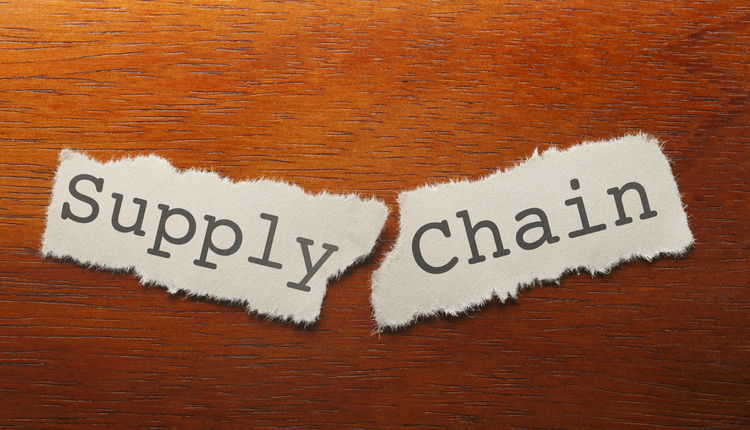FedEx, UPS, and Amazon are making it easier for consumers to pick up and drop off items at commercial locations such as partner retailers, lockers, and other authorized shipping locations. FedEx has established relationships with Walgreens, Dollar General, and select grocery stores, including Albertsons and Kroger. In addition, FedEx packages can be dropped off at Office Depot and OfficeMax stores and FedEx Offices, either stand-alones and those located in Walmart.
UPS’ partner retailers include Michael’s, CVS, and Advance Auto Parts and are part of its Access Point network. According to UPS, 90% of the US population are within five miles of an Access Point location. Meanwhile, Amazon has aligned with Kohl’s, Whole Foods, as well as brick and mortar locations.
Partnering with such retailers is beneficial in that it lowers costs for the provider and potentially increases foot traffic to the retailer’s store. In addition, FedEx’s SmartPost and UPS’ SurePost, hybrid solutions in which the final mile is managed by the USPS, further lowers costs for FedEx and UPS.
However, all Walgreens, CVS, Albertsons, Krogers, and other retailers are not created equal. The stores located in very densely populated areas have a lower cost to deliver, while locations in less densely populated areas may be hit with an additional fee based on a delivery area surcharge or an extended delivery area surcharge.
DAS is determined by ZIP Codes and are for both residential and commercial. The number of ZIP Codes have increased for FedEx and UPS due to the rise of e-commerce. For example, FedEx increased the number of ZIP Codes by five percent from 2019 to 2020, with the majority of ZIP Codes coming from DAS Extended, which are more remote areas. ZIP Codes such as 04236 (Greene, Maine) and 07871 (Sparta, NJ) are included in the multiple-paged list of ZIP Codes for UPS while ZIP Codes 06350 (Hanover, CT) and 12887 (Whitehall, NY) are included in UPS’ list for DAS extended. FedEx and UPS have dramatically increased these fees over the past five years.
An interesting twist is that FedEx and UPS are bringing more SmartPost and SurePost parcels in-house due to lower costs for each provider to better manage these parcels. As such, DAS will likely continue to increase as both providers look to encourage consumers and businesses impacted to utilize alternative pick up and drop off locations.
Indeed, in just one year, 2019 to 2020, FedEx increased its DAS rates from a low of 4.76% for Residential to a high of 27.8% for extended Commercial while UPS increased its rates from a low of 5.3% for Residential to a high of 16.9% for extended Commercial. Combined, the increase in ZIP Codes and the cost increase will result in an average 10% to 15% increase for shippers just for DAS alone. For a large shipper, this could mean a six-figure increase.
DAS and DAS Extended can significantly impact a company’s total shipping cost. There are a growing number of alternative solutions including pick-up and drop-off locations at retail partners as well as other parcel providers. A word of caution, however; these pick-up locations do not remove the entire DAS cost but instead reduce it from residential to commercial.
While it may make sense on paper to attach a delivery fee to rural or extended locations, it would actually make more sense to charge a fee per stop versus per package. Until that happens, if it ever does, understanding the number of average packages per delivery is key to negotiate the best cost on DAS.
John Haber is founder and CEO, Spend Management Experts.
This article originally appeared in the January/February, 2020 issue of PARCEL.



















